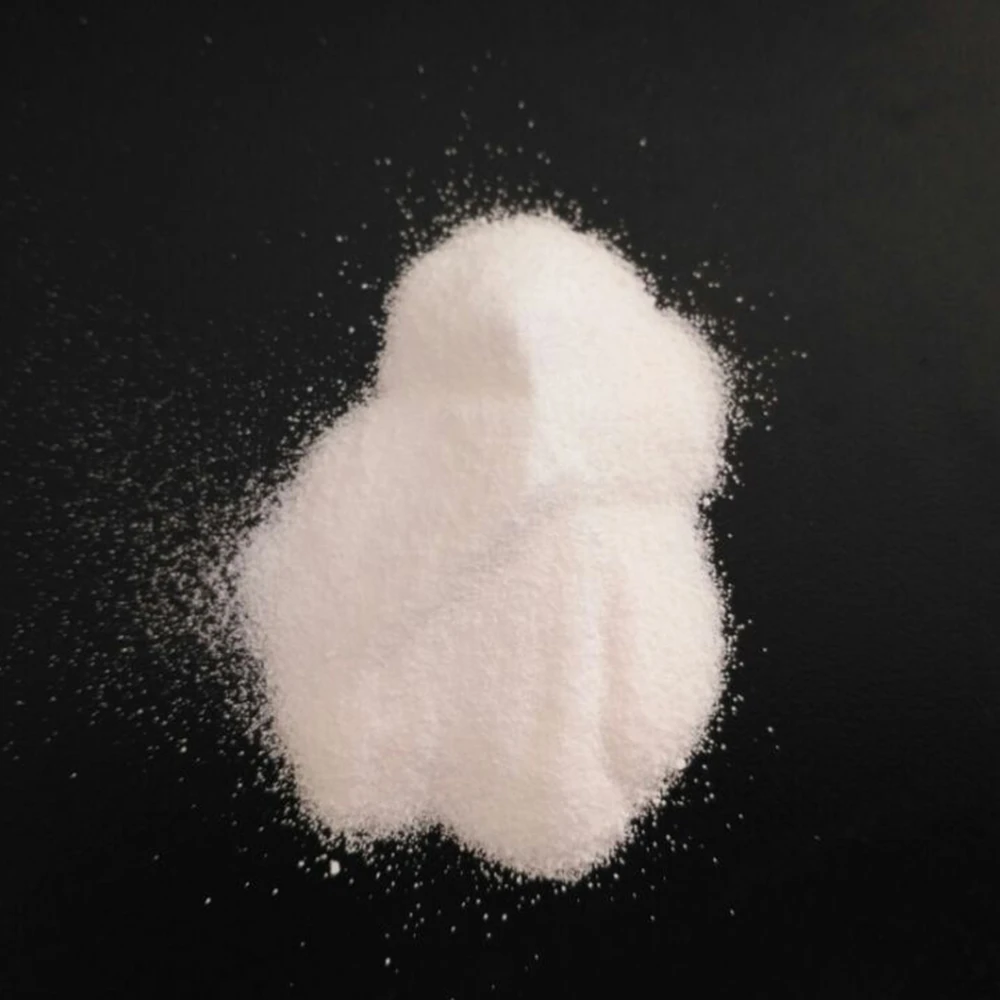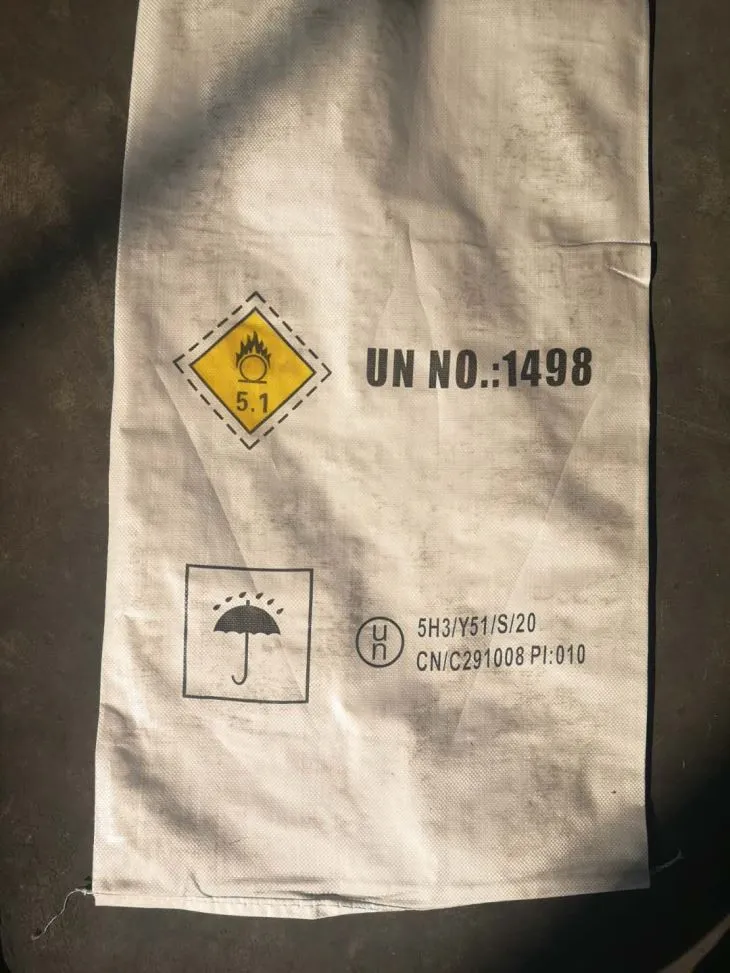



what chemical is used for water treatment
Feb . 02, 2025 01:00
Back to list
what chemical is used for water treatment
Ensuring safe and clean water is vital for public health, and various chemicals play crucial roles in water treatment processes worldwide. This article delves into the specific chemicals used in water treatment and their applications, offering insights based on real expertise, authoritative sources, and trustworthiness for those seeking reliable information in the field.
3. pH Adjusters Balancing Act for Optimal Treatment Water treatment processes often require pH adjustments to enhance chemical efficiency and safeguard distribution systems. Lime (calcium hydroxide) is frequently used to adjust pH levels, particularly in softening water and in ensuring effective coagulation. Sodium hydroxide serves a similar purpose when a more immediate reaction is needed. Carbon dioxide can also be used to lower pH levels, especially when a temporary adjustment is required without introducing significant chemical changes. 4. Scale and Corrosion Inhibitors Protecting Infrastructure Scale and corrosion within pipes and equipment can lead to costly maintenance and water quality issues. Phosphates, such as orthophosphate and polyphosphate, are often used to inhibit these problems by forming protective films on metal surfaces. These inhibitors must be dosed accurately, as overuse can lead to environmental concerns. 5. Emerging Contaminants and Advanced Treatment The Future Focus As awareness of emerging contaminants grows, so does the application of advanced treatment chemicals. Activated carbon is extensively used for organic compound removal, including tastes, odors, and micro-pollutants. Its role is expanding with growing concern about pharmaceuticals and personal care product residues in water sources. Ion exchange resins and advanced oxidation processes (AOPs) are also gaining traction. These technologies, although more costly, address specific contaminants that conventional methods might not handle effectively. In conclusion, the selection and application of chemicals in water treatment require a nuanced understanding of water chemistry, treatment goals, and infrastructure capabilities. Professionals in the field must continually update their knowledge and adapt to new challenges, underscoring the need for experience, expertise, and a commitment to trustworthiness. As the environmental and health landscapes evolve, so too will the strategies and chemicals employed to ensure access to safe, clean water.


3. pH Adjusters Balancing Act for Optimal Treatment Water treatment processes often require pH adjustments to enhance chemical efficiency and safeguard distribution systems. Lime (calcium hydroxide) is frequently used to adjust pH levels, particularly in softening water and in ensuring effective coagulation. Sodium hydroxide serves a similar purpose when a more immediate reaction is needed. Carbon dioxide can also be used to lower pH levels, especially when a temporary adjustment is required without introducing significant chemical changes. 4. Scale and Corrosion Inhibitors Protecting Infrastructure Scale and corrosion within pipes and equipment can lead to costly maintenance and water quality issues. Phosphates, such as orthophosphate and polyphosphate, are often used to inhibit these problems by forming protective films on metal surfaces. These inhibitors must be dosed accurately, as overuse can lead to environmental concerns. 5. Emerging Contaminants and Advanced Treatment The Future Focus As awareness of emerging contaminants grows, so does the application of advanced treatment chemicals. Activated carbon is extensively used for organic compound removal, including tastes, odors, and micro-pollutants. Its role is expanding with growing concern about pharmaceuticals and personal care product residues in water sources. Ion exchange resins and advanced oxidation processes (AOPs) are also gaining traction. These technologies, although more costly, address specific contaminants that conventional methods might not handle effectively. In conclusion, the selection and application of chemicals in water treatment require a nuanced understanding of water chemistry, treatment goals, and infrastructure capabilities. Professionals in the field must continually update their knowledge and adapt to new challenges, underscoring the need for experience, expertise, and a commitment to trustworthiness. As the environmental and health landscapes evolve, so too will the strategies and chemicals employed to ensure access to safe, clean water.
Latest news
-
Why Sodium Persulfate Is Everywhere NowNewsJul.07,2025
-
Why Polyacrylamide Is in High DemandNewsJul.07,2025
-
Understanding Paint Chemicals and Their ApplicationsNewsJul.07,2025
-
Smart Use Of Mining ChemicalsNewsJul.07,2025
-
Practical Uses of Potassium MonopersulfateNewsJul.07,2025
-
Agrochemicals In Real FarmingNewsJul.07,2025
-
Sodium Chlorite Hot UsesNewsJul.01,2025










